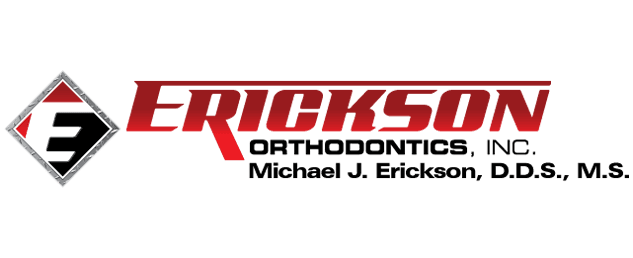Steps Of Treatment
Orthodontic treatment is highly predictable and immensely successful. Depending on the severity of the malocclusion (bad bite) or irregularity, orthodontic treatments may occur in either two or three distinct phases.
The benefits of correcting misaligned teeth are many. Straight teeth are pleasing to look at and greatly boost confidence and self esteem. More importantly, properly aligned teeth enhance the biting, chewing, and speaking functions of the jaw. There are several types of irregularities, including:
- Overbite – The upper teeth protrude further than or completely cover the lower teeth
- Underbite – The lower teeth protrude further than the upper teeth, causing the chin
to look prominent
- Crossbite – Some of the upper teeth may close inside the lower teeth rather than on
the outside
- Overcrowding – Insufficient room on the arch causes some adult teeth to erupt
incorrectly and become rotated
Phase 1- The Planning Stage
The orthodontist makes an exact diagnosis in order to realign the teeth in the most effective and expedient way. The first several visits may comprise of some of the following evaluations:
- Medical and dental evaluations – Dental and physical problems tend to go hand in hand. Problems in the oral cavity can lead to (or be caused by) medical problems. The goal of this evaluation is to ensure that prior medical and dental issues are completely under control before treatment begins.
- Study model (castings/bite impressions) – The patient is asked to bite down into a dental tray filled with a gel substance that hardens around the teeth. The trays are removed from the teeth and filled with plaster to create models of the patient’s teeth. Study models enable the orthodontist to scrutinize the position of each tooth, and how it relates to the other teeth.
- Panoramic X-rays – X-rays are fantastic tools for viewing potential complications or pre-existing damage to the jaw joint. X-rays also allow the orthodontist to see the exact position of each tooth and its corresponding root(s).
- Computer generated images – Such images allow the orthodontist to treatment plan and examine how specific treatments may affect the shape of the face and symmetry of the jaw.
- Photographs – Many orthodontists like to take “before, during, and after” photographs of the face and teeth to assess how treatment is progressing, and the impact the treatment is having on the patient’s face shape.
